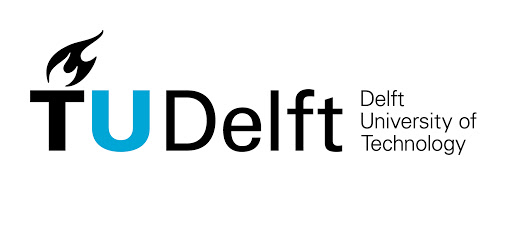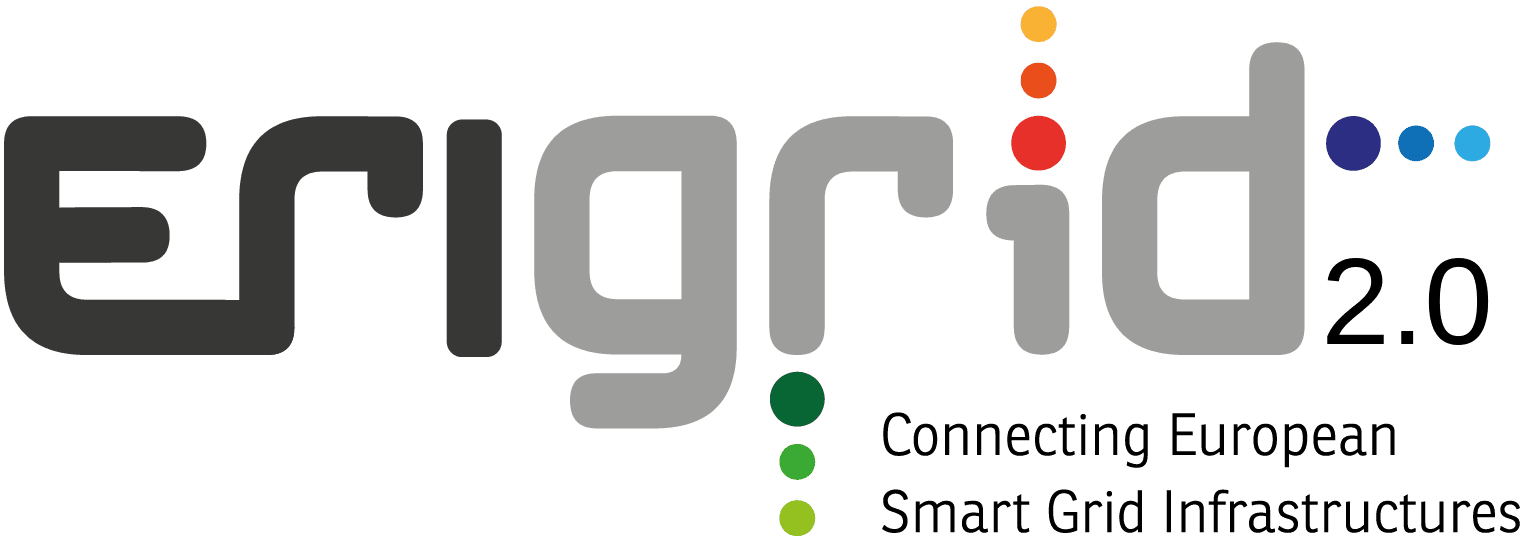
To tackle the challenges of energy transition, multidisciplinary research programs based on system integration are required. The Electrical Sustainable Power Lab at TU Delft is a unique location where such research programs are executed. The ESP Lab is a truly unique facility where research on the system integration of new technologies and components in the power system is a reality.

The ESP Lab with its diverse staff and infrastructure offers high-quality research into future digital power systems, with a high share of renewables. The lab is part of the Electrical Sustainable Energy (ESE) department, comprising of three research groups within the faculty of EEMCS at TU Delft.
Location: Delft, Netherlands
The ESP lab offers a wide range of testing and experimentation opportunities. The lab is home to research facilities on various scales:
1. At ‘System of systems’ level:
Smart Grids simulation and testing tools for:
- developing, testing and simulating models with sustainable energy sources and components in interconnected large-scale energy networks;
- evaluating cybersecurity and cyber resilience of cyber-physical systems.
Key to the laboratory are the unique facilities for developing hardware-in-the-loop simulations. For this purpose, digital real-time simulators are used extensively. The following facilities are currently available in this regard:
a. RTDS real-time simulator: It consists of dedicated parallel processors that can be controlled through custom software that runs on a PC. The time step of the computations ranges from 2 to 50 microseconds, which enables the user to simulate study cases interactively in a way that is similar to the real power system. Real hardware can be interfaced with the simulator and be incorporated in the simulations. Our state-of-the-art NOVACOR based RTDS cluster can handle 900 electrical nodes and 770 switches. It can be operated remotely, which allows geographical flexibility for transnational access users and distributed system testing and validation. The portfolio of RTDS-modules, external components and controllers that are available for testing are:
- OMICRON relay testers,
- PHIL amplifiers up to 30 kW,
- Triphase DC/DC and AC/DC converters allowing small-scale microgrids up to 16.5 kW,
- Advanced time-synchronisation for Phasor Measurement Units and data acquisition, protection relays,
- Programmable I/O equipment, among others
b. Opal-RT real-time simulator: OPAL-RT is PC/FPGA Based Real-Time Simulator. It offers Hardware-In-the-Loop (HIL) testing equipment and Rapid Control Prototyping (RCP) systems to design, test and optimize control and protection systems used in power grids, power electronics, motor drives, automotive industry, trains, aircrafts, R&D centres, and universities. The ESP Laboratory currently has the OP5600 HIL Box Real- Time Computer at its disposal. It runs at 3.46 GHz, has 6 cores (Spartan 3 Platform), and an eMEGAsim FX with 2 CPU cores activated.
2. At ‘System’ level:
a. A DC lab facility for obtaining knowledge and experience from HVDC systems for wind energy integration to MVDC (micro) grids with integrated renewable energy sources and energy storage. The DC lab will be equipped with a DC testing source up to 600 kV. Additionally, a DC power grid of 1 kV for system test is projected. Multi-terminal DC grid with OPAL RT allows design of control and testing of MTDC network. A strong focus is on the development of DC technologies and systems for Smart Cities and electric transport.
b. A PV lab facility for the development and optimisation of intelligent small-scale PV systems. This includes a Large-area solar simulator. The large area solar simulator of Eternal Sun company produces AAA-accuracy, i.e., Class A Spectral Match (0.75 – 1.25), Class A Spatial Uniformity (2%), and Class A Temporal Stability (0.5%), steady-state sunlight. The simulator illuminates an area of 2.5×1.5 m2. For PV testing purposes, userfriendly IV measurement equipment is provided with the system, making it a versatile setup for testing various types of solar modules ranging from thin film to silicon modules.
3. At ‘Component’ level:
A testing lab facility for measuring energy conversion in PV devices, power electronics and converters. Lab equipment will include advanced monitoring system for PV modules, high-end oscilloscopes for ultra-fast measurements and recording purposes. Smart and reliable sensors will be developed as well. To fulfil the requirements of future super grids, the laboratory will be equipped with one of the largest impulse generators in Europe. The maximum reachable lightning impulse voltage will be 4.2 MV. AC real tests simulations will be supplied from transformer cascade which can create voltage up to 1.5 MV.
4. In addition, the laboratory applies several tools for power system analysis (ranging from generation to transmission and distribution) at several system integration levels (system, component, and materials). Among them are commercial software packages like DIgSILENT PowerFactory, PSS/E, and PSCAD, which are used extensively in research projects with industrial and academic partners. Open source tools like OpenModelica, OMNet++, and ATPEMTP are alternative tools applied for the development of user-defined models, controllers, and the assessment of system performance. These tools are used in combination with Matlab, Python, Fortran, and C++, to create highly automated, integrated, and flexible solutions for modelling, simulation, and data processing.
a. EMLab: Energy Modelling Lab (http://emlab.tudelft.nl/index.html): the energy modelling lab of TUDelft is a platform for open source, multi-tool, multi-model, and multi-level energy modelling comprising a collection of approaches and tools. Some relevant projects within this EMlab are:
- EMLabGeneration (assessing the long-term effects of interacting energy and climate policies),
- EMLabAgentSpring (platform facilitating agent-based modelling and simulation),
- Network Evolution (the development of an electricity network as consequence of iterative decision-making processes),
- MAIA as a framework for conceptualizing the sociotechnical aspects of energy systems, and
- EM Lab Congestion as a simulation environment for simulating an electricity market subject to congestion.
b. Market Garden (http://www.cwi.nl/market-garden): a scalable simulation environment developed at CWI for research and user experience in smart grids. The aim of the tool is to investigate market mechanisms for smart energy systems.
c. Agentscape (http://www.agentscape.org): a distributed agent-based simulation tool to study the effect of self-management in power-grids.
ESP lab can broadly be used for the following type of experiments and tests:
- Development of space charge measurement for commercial and non-commercial purposes
- Power electronics & energy storage
- Development of cables for DC transmission
- System integration of new technologies and components such as solar PV, wind conversion technologies and electric vehicles
- Effect of transients in the power system on components and materials quality
- Stability, Protection, and Control of hybrid AC/DC power system
- High-voltage testing, modelling, and validation
- Ancillary services & markets
- Digital infrastructures
- Digital twinning of multi-energy systems
More specifically:
- Power Hardware in Loop testing: Smart Grid components can be tested against the real-time simulators in a PHiL setting.
- Renewable Energy Sources emulation: RES like wind and solar can be emulated and equipment or control algorithms tested on them.
- Hybrid off-line Smart Grid simulation: large-scale Smart-Grid settings can be analysed via offline co-simulation, e.g., Omnet++ and PowerFactory, etc.
- Multi-domain, and system-of-systems assessment by co-simulation.
- Cybersecurity, cyber resilience, HiL, and digital substations testing and validation.
- Equipment can be thoroughly test-driven and customized.
- New power system network designs or upgrades can be evaluated and accurately tested.
- Black box real-world equipment (e.g. closed-source controllers) can be tested and integrated in larger test scenarios without having a model.
- Interoperability of multi-vendor installation can be validated.
- Models and real implementations (products) of components can be compared.
- Closed-loop testing of protective relays and control systems.
- Studying general AC system operation including behaviour of generation and transmission systems.
- Investigating dynamic power system equipment interaction.
- Studying interaction between integrated AC/DC systems.
- Integration and operation of distributed generation and renewables.
- Investigation and testing of smart grid concepts including wide area protection and control.
- Testing of control systems for converter-based equipment.
Technische Universiteit Delft (TU Delft) is the largest and oldest Dutch public technological university, located in Delft, Netherlands. It has eight faculties and numerous research institutes. It hosts over 19,000 students (undergraduate and postgraduate), more than 3,300 scientists, and more than 2,200 support and management staff.
The ESP lab is part of the Electrical Sustainable Energy (ESE) department, comprising of three research groups within the faculty of EEMCS at TU Delft. The ERIGrid 2.0 project is handled by the Intelligent Electrical Power Grids (IEPG) group within the ESE department.
The Intelligent Electrical Power Grids research program covers the generation, transmission and distribution of electrical energy, and a characteristic is the system-oriented approach. Our research program covers the three different time scales for which power systems are usually studied: transient, dynamic, and steady state behaviour of power systems. The area of this research program is concerned with the technical, economical, and societal performance of the electricity supply system. Theoretical and technological limits of current and future power systems and components are investigated considering the changing operating environment, e.g. the large-scale introduction of renewable and distributed energy sources and the application of new and sustainable technologies.
Do you have questions left? Feel free to contact us below.
If your enquiry contains strictly confidential information, please leave your contact details below and the lab host will contact you personally.




